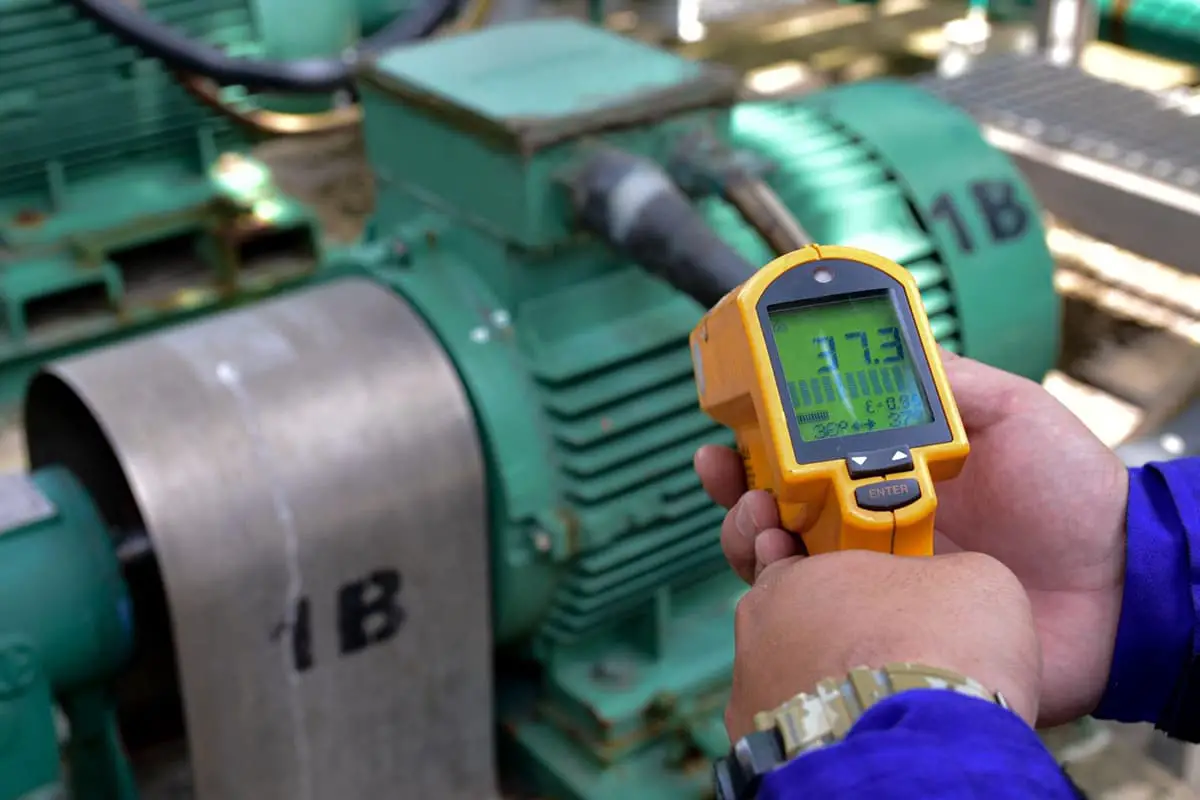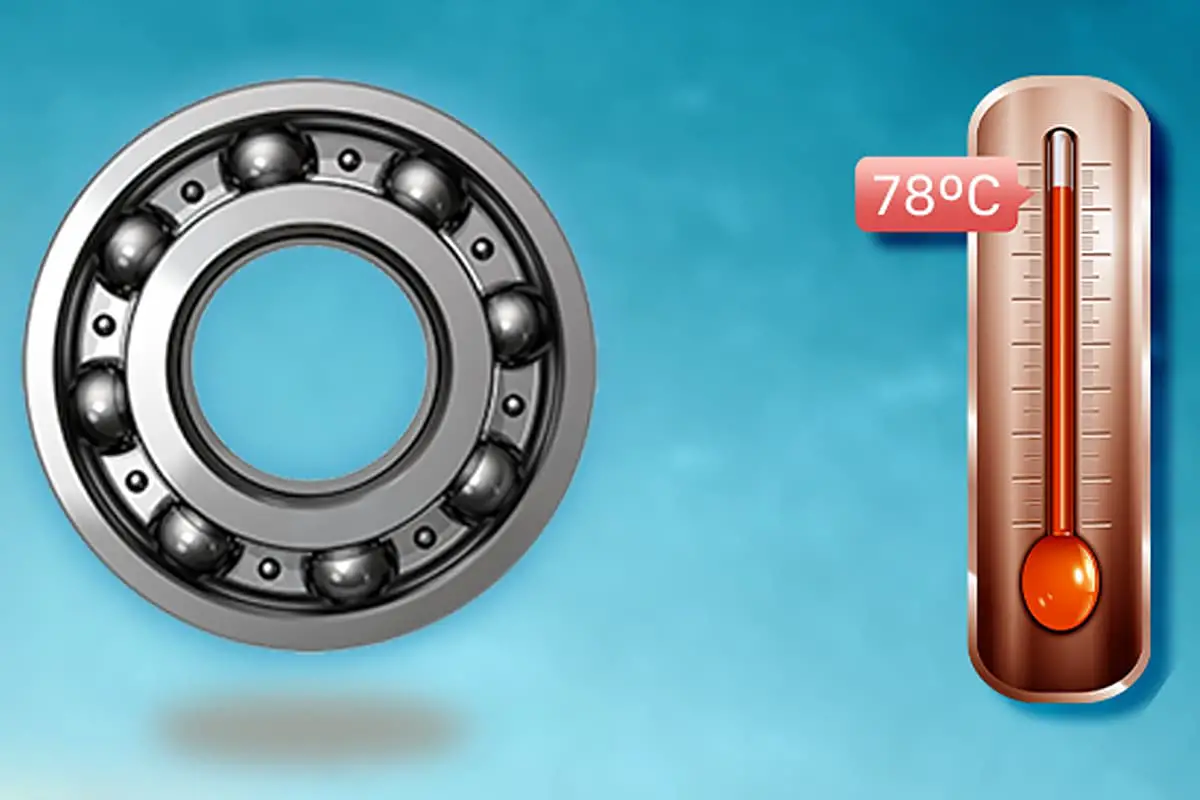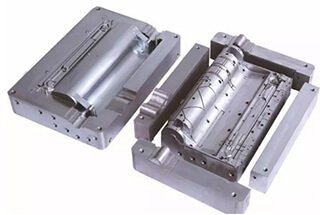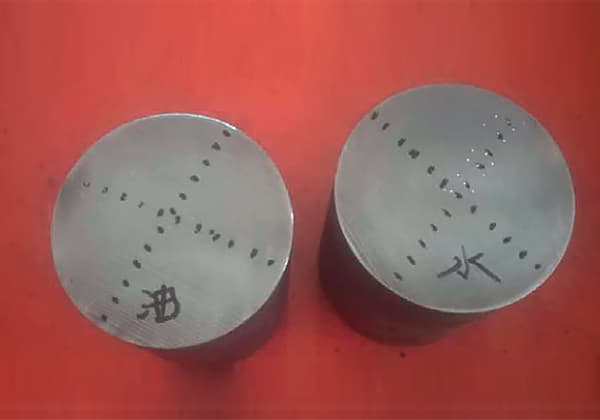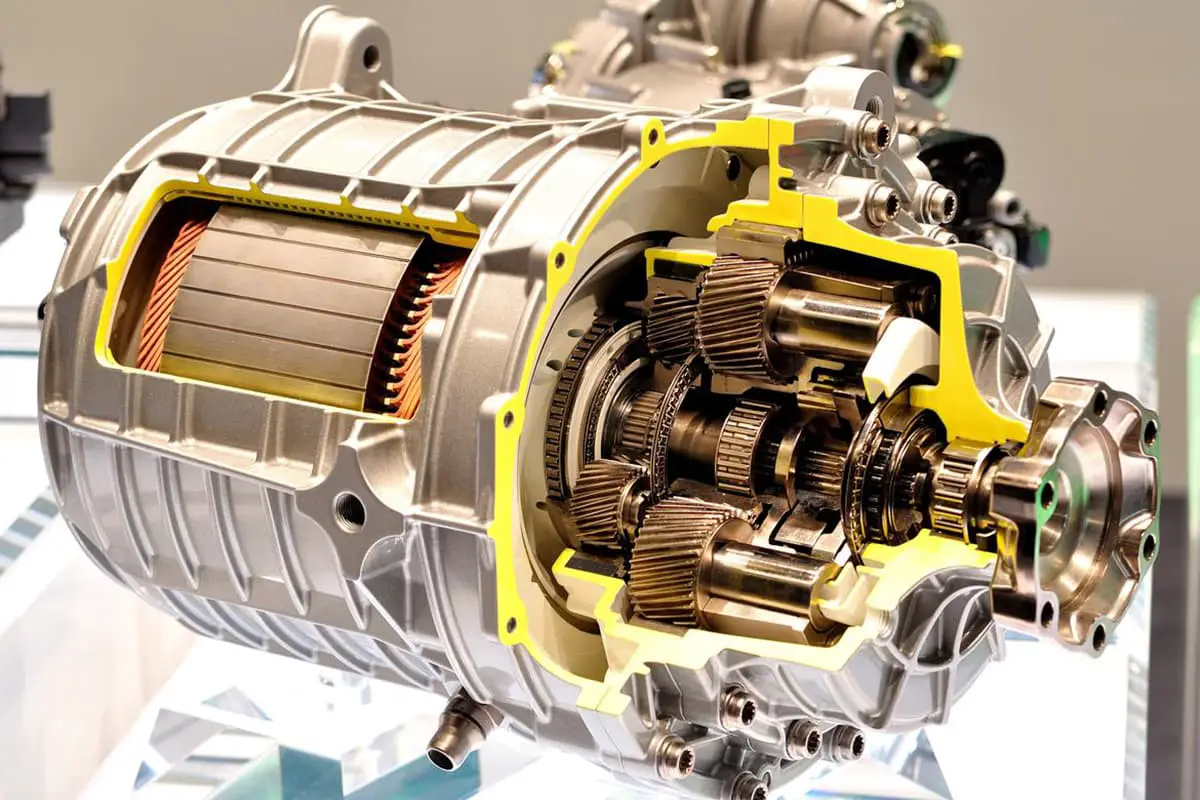
What secrets lie within the intricate process of heat-treating high-speed steel? This article delves into the critical techniques that ensure optimal hardness, toughness, and performance of high-speed steel tools. Discover the nuances of salt bath quenching, precise tempering methods, and the debated cryogenic treatments. By understanding these essential heat treatment processes, you’ll learn how to enhance tool durability and efficiency, crucial for any advanced machining and manufacturing tasks.
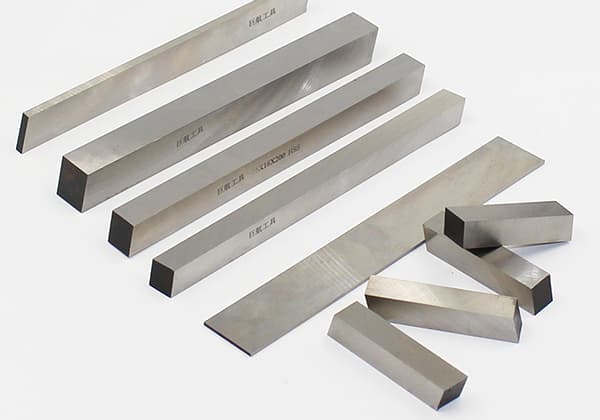
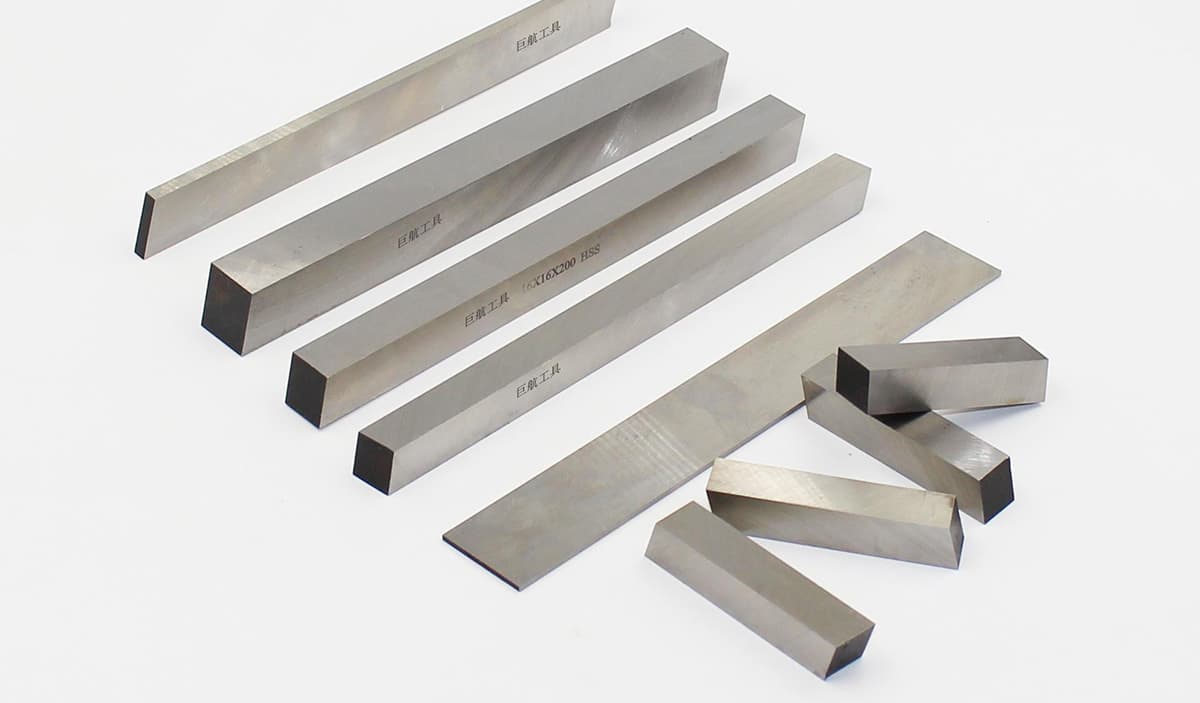
China has been utilizing salt bath heating and quenching of high-speed steel using the 5-3-2 formula (mass fraction, %) from the former Soviet Union, which includes 50BaCl2+30KCl+20NaCl. This formula has a melting point temperature of 560 ℃ and a service temperature of 580 to 620 ℃.
For tools or HSS steel parts with effective sizes less than 20mm, high hardness levels above 65HRC can be achieved. HSS-E steel parts, on the other hand, can reach a hardness of ≥ 66HRC.
The tool industry in China has utilized this graded quenching process to achieve provincial, ministerial, and national excellence, demonstrating its great vitality.
As time progresses and technology advances, people have realized the importance of cooling speed, and it has been discovered that the average cooling speed of a workpiece at 800 to 1000 ℃ is less than 7 ℃ ⁄ s. This slow cooling speed results in carbide precipitation, which affects the hardness and other properties of the steel.
As a result, calcium-based grading salt was introduced to China from Europe and the United States at a significant cost. Its formula (mass fraction, %) is 48CaCl2+31BaCl2+21NaCl, with a melting point of 435℃ and a service temperature ranging from 480 to 560℃.
To simplify the formula, some Chinese factories have switched to 50CaCl2+30BaCl2+20NaCl. This alternative has a slightly higher melting point than traditional calcium-based salts, but the classification temperature remains at 480-560℃.
The former Soviet Union first introduced Ca-based salt bath technology in the 1940s and later shared it with China in the 1950s. Many factories experimented with it in the 1960s.
During his tenure in Guilin from 1974 to 1978, the author utilized Ca-based salt bath. However, due to the furnace’s infrequent operation and the salt bath’s high hygroscopicity, he had to discontinue its use.
Some factories have conducted field tests on the cooling rate of graded salt baths. Specifically, the cooling rate of φ40mm workpieces at 800-1000℃ and 550℃ is 7 ℃/s, indicating that the effective size can be fully hardened below 40mm. Meanwhile, a series of φ25mm workpieces are cooled at 500℃ calcium base, and the cooling rate at 800-1000℃ is 9 ℃/s.
Undoubtedly, the cooling rate of barium-based salt bath workpieces at 580-620℃ from 1000-800℃ is slower than that of calcium-based salt bath workpieces at 480-560℃.
For workpieces with an effective diameter of 20-40mm, calcium-based salt is preferable, but unnecessary for sizes below 20mm. The crucial factor is how to control the salt bath’s temperature below 600℃.
For workpieces with a diameter exceeding 40mm, oil cooling can be applied first, followed by graded salt cooling, and then graded in nitrate to ensure a heat treatment hardness of ≥65HRC.
After quenching, high-speed steel must be tempered for four purposes:
① To completely eliminate quenching stress.
② To fully decompose the residual austenite.
③ To produce the best secondary hardening effect.
④ To achieve the required comprehensive mechanical properties and optimal performance.
The recommended tempering temperature is between 540 and 560 ℃.
Whether salt bath quenching or vacuum quenching is used, it is recommended to use 100% KNO3 or 100% NaNO3 salt bath for 1 hour.
After each tempering process, the steel must be cooled to room temperature before starting the next tempering process.
Normally, the number of times tempering is carried out is three. However, in cases where the tempering is insufficient, or for high-performance high-speed steel parts that have been isothermal quenched, four tempering processes shall be carried out.
The degree of tempering is generally classified into three levels, based not on the number of tempering cycles but on the metallographic appearance.
Level I (Adequate): Characterized by the presence of black tempered martensite and speckled carbide in the metallograph.
Level II (Intermediate): White areas or carbide deposits are present in isolated regions.
Level III (Inadequate): Most of the field of view comprises white areas, and quenched grains are faintly visible.
If surface strengthening treatments such as steam treatment and oxygen nitrogen treatment are required in the tempering temperature range, a tempering degree of Grade II can be achieved, resulting in energy savings.
The tempering degree should be assessed by etching with a 4% nitric acid alcohol solution at a temperature of 18 to 25°C for 2 to 4 minutes and observed under a 500x microscope based on the worst field of view.
Tool factories often use a bainite treatment to improve the toughness, strength, and cutting performance of tools. This involves grading the neutral salt bath at 480℃ to 560℃, and immediately transferring it to a 240℃ to 280℃ nitrate bath for isothermal treatment for 1 to 2 hours.
The secondary bainite treatment is specifically suitable for oversized cutters with extremely complex shapes, such as milling cutters and hobs with modulus > 15, and perforated cutters with effective thickness > 100mm.
During the first bainite treatment, 40% to 50% lower bainite is produced, along with residual austenite and a small amount of carbide.
During the first tempering, the residual austenite is transformed into martensite in large quantities.
After the first tempering, the tool should not be cooled in the air. Instead, it should be directly transferred to the salt bath at 240℃ to 280℃ for isothermal treatment for a specific period. This will prevent the transformation of retained austenite into martensite and into bainite, which is known as the secondary bainite treatment.
This method can help to reduce and prevent the cracking tendency of large and complex tools.
The secondary bainite treatment process is more complex but highly beneficial in preventing large tools from cracking during heat treatment.
The tempering process should be heated slowly, and each tempering should be carried out at a temperature below 500℃.
Blowing after tempering is not allowed; it is better to cool the tool statically.
As a result of the secondary bainite treatment, four rounds of tempering may not be adequate, and an additional tempering should be performed.
Friction welding is widely used both domestically and abroad to produce rod cutters with a diameter greater than φ10mm, as it helps save expensive high-speed steel.
During friction welding, a temperature of over 1000 ℃ is generated, resulting in a large temperature difference within a small area on both sides of the weld.
Direct air cooling post-welding leads to martensite transformation on the high-speed steel side of the weld, while pearlite transformation only occurs on the air-cooled side of the structural steel.
The difference in specific volume induces significant organizational stress, leading to cracking.
To prevent this, the welded tool must be immediately placed in a 650~750 ℃ furnace for thermal insulation after welding.
Once the charging tank is filled, the tool should be kept for 1~2 hours for annealing.
The tool should be removed from the furnace for air cooling once the temperature of the furnace drops below 500 ℃.
If the production volume is too high to follow the above process, the weldment must be kept at a heat preservation temperature of 740 hours. This process will enable both sides of the weld to be fully transformed into pearlite+sorbite, and the tool can then be air-cooled and re-annealed.
The debate on quenching of friction welding tools is focused on whether to overheat the weld. Arguments in favor of super weld heating include improving the original structure, enhancing welding quality and strength, and making full use of high-speed steel. On the other hand, arguments against super weld heating include the risk of quenching cracks and potential quality disputes.
Since the successful vacuum quenching of welding tools, doubts about the cracks caused by super weld heating after salt bath quenching have decreased. However, the author insists that super weld heating does not directly lead to quenching cracks, based on practice and experience.
Currently, most tool factories use heating 15 to 20mm lower than the weld seam, which results in shortened cutting length of high-speed steel, wastage, and uneconomical practices.
It is strictly prohibited to pickle tools heated by super weld. In cases where pickling is necessary, acid concentration, pickling time, and acid temperature must be carefully controlled to prevent hydrogen embrittlement.
The microstructure of high-speed steel tools after normal quenching and tempering consists of tempered martensite, trace amounts of retained austenite, and carbide.
The author believes that it is unnecessary to eliminate the remaining trace (<5%) of retained austenite.
After normal quenching and tempering at 550-570℃ for 1 hour, 3 times, the heat treatment of high-speed steel tools has reached its optimal level, and further deep cooling treatment may do more harm than good.
Austenite is a very soft phase in the steel structure, with a hardness of only about 200HBW. Compared with the desired hardness of 65-66HRC for high-speed steel tools, it is clear that an excess of retained austenite will not make the tools harder.
Through experiments, Japanese scholar Ichiro Iijima and his team found that residual austenite below 15% would not reduce the tool’s hardness but could enhance the steel’s plasticity and toughness.
Therefore, reducing residual austenite through cryogenic treatment would be detrimental to the toughness of the tool.
From the 1970s to the early 21st century, many domestic tool factories conducted cold treatment and cryogenic treatment on high-speed steel cutters.
There have been numerous failures and only a few successes.
Although our company has been conducting cryogenic treatment for several years, we have not achieved any significant results. Therefore, the equipment has been put on hold.
When compared to other superhard materials, the most significant advantage of high-speed steel tools is their slightly higher toughness.
Cryogenic treatment can decrease the residual austenite, but it also reduces the toughness of the tools.
Isn’t this like rubbing salt in the wound?
It has been proven that retaining less than 5% austenite is harmless to tool use.
The hardness of HSS steel is 65-66HRC, while that of HSS-E steel is 66-67HRC.
Under similar conditions, the higher the hardness, the less wear and tear on the tool, and the greater the tool’s durability.
From this, we can conclude that retained austenite, which lowers hardness, is unwelcome.
However, the lifespan of a tool is not determined solely by its hardness.
Excessive hardness increases brittleness, which does not extend the tool’s lifespan but reduces it.
Numerous factors affect the lifespan of high-speed steel tools.
Therefore, blindly pursuing high hardness is not advisable.
Our principle is to strive for high hardness while ensuring adequate toughness.
Based on experience, cryogenic treatment does not increase the hardness of fully tempered tools, nor does it improve their thermal hardness. On the contrary, it can decrease their toughness.
However, some domestic tool factories have added cryogenic treatment to certain cutters, such as shaving cutters and small module hobs, in order to eliminate stress and stabilize their size. This is particularly important since both of these tools are centered on their inner diameter, and it is crucial that this does not change during use. Additionally, some high-end measuring tools and molds made of high-speed steel may benefit from cryogenic treatment in order to stabilize their size.
After normal quenching and tempering, high-speed steel structures typically retain a trace amount of austenite. While this does not significantly impact the tools’ mechanical properties or usage, there is some debate over whether cryogenic treatment is necessary.
To determine whether cryogenic treatment is beneficial, a large amount of experimental data and application examples are needed. However, the author’s experiments have led them to hold an opposing view. It is worth noting that there are hundreds of tool manufacturers in China who have not implemented cryogenic treatment.
While cryogenic treatment is often presented as a scientific research achievement or laboratory product, its promotion has not been widely successful. The so-called “new tempering process” may be a short-lived trend.
The process in question remains a mature one that has been extensively utilized in mass production on multiple occasions.
“Practice is the only criterion for testing truth,” as the saying goes, and any new process must prove itself through practical production.
High-speed steel heat treatment may seem complicated, but with a serious and daring approach, along with repeated practice and bold innovation, we can certainly produce high-quality, long-lasting cutting tools and make significant contributions to the revitalization of the mechanical industry.



